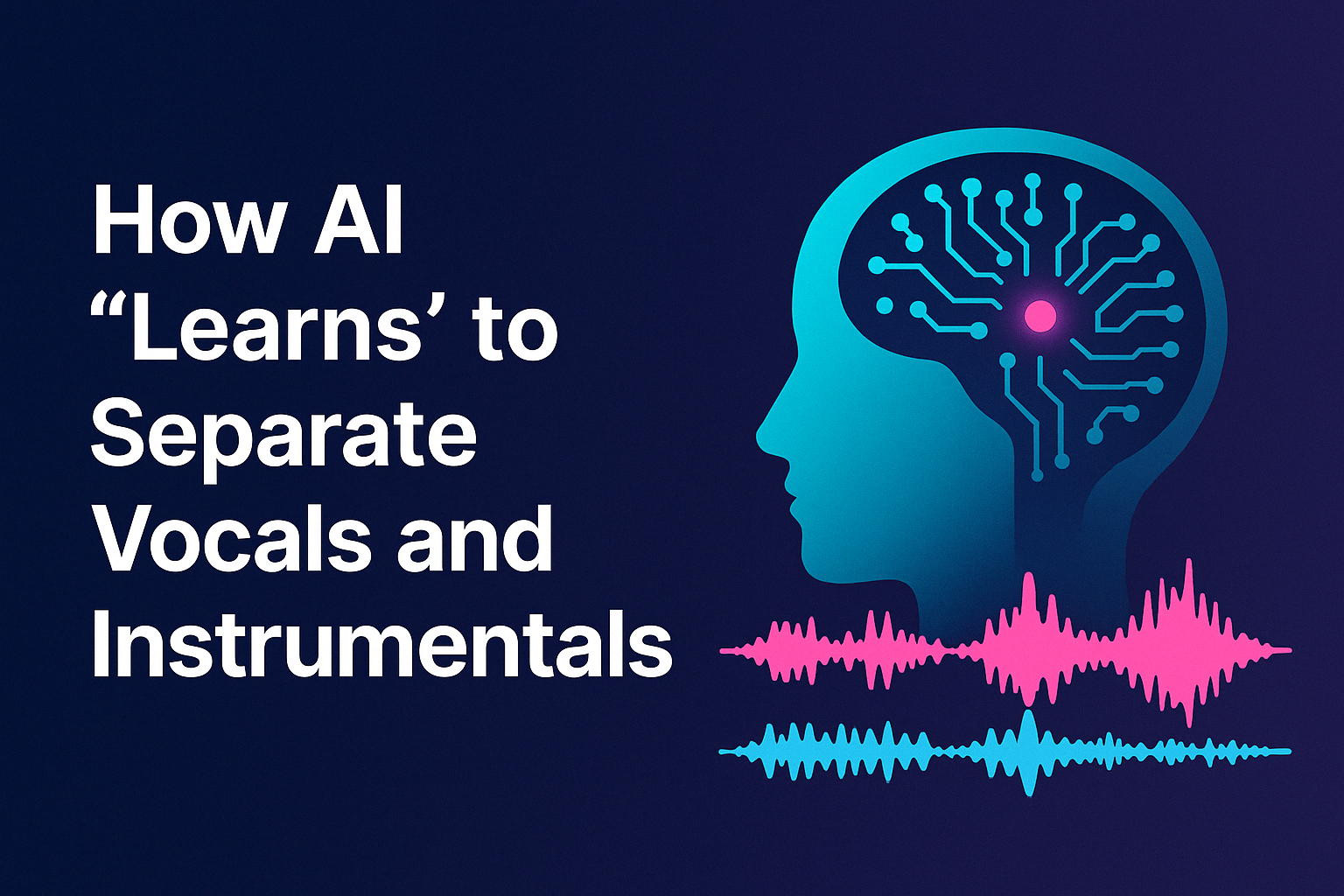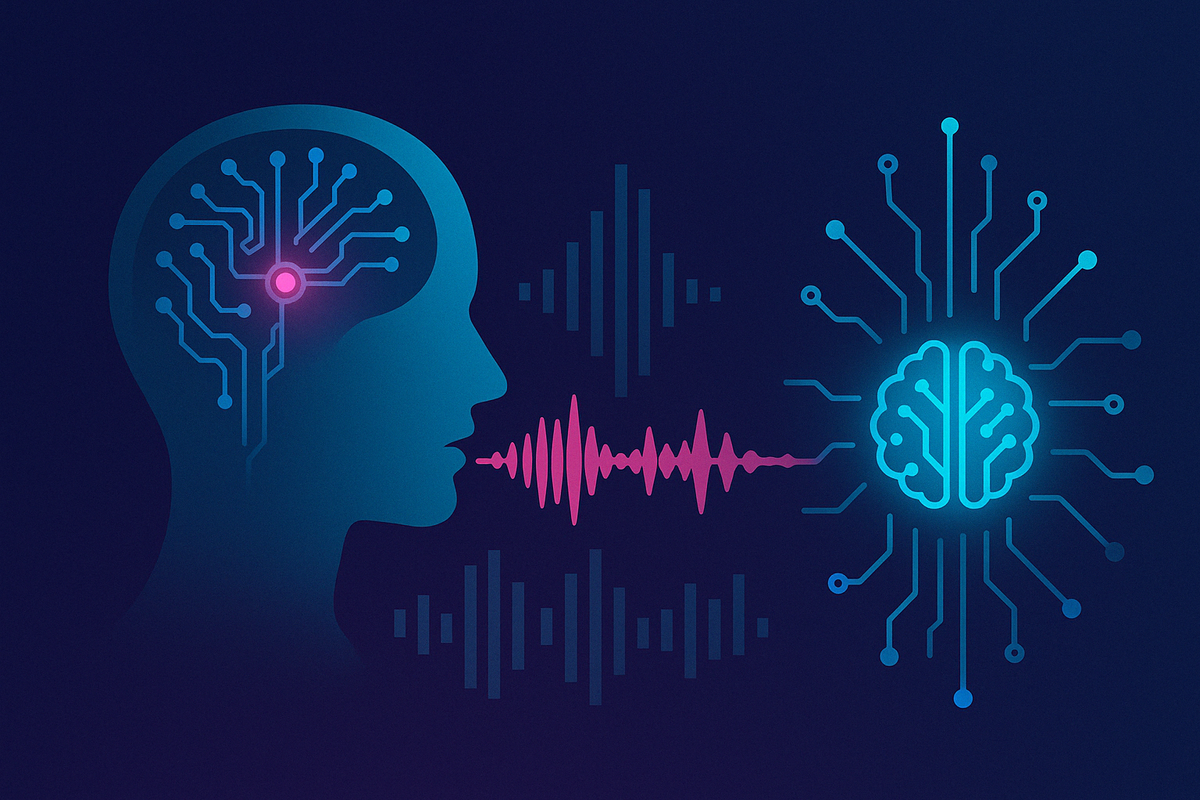Artificial Intelligence (AI) has entered the music scene in a big way — from generating melodies to remixing tracks and even writing lyrics. But one of its most fascinating abilities is this: separating a song into vocals and instrumentals.
How is that even possible? How can a machine "understand" what part of a song is the voice and what is background music?
Let’s break it down.
First, What Does It Mean to “Separate” a Song?
When you listen to a song, everything — vocals, drums, bass, synths — is blended together into a single audio file. Separating that file means splitting the song into individual layers, called stems, like:
- 🎤 Vocals
- 🥁 Drums
- 🎸 Bass
- 🎹 Other instruments
It’s like unmixing a cake — and until recently, it seemed impossible.
🤖 How Does AI Do It?
AI doesn’t use magic (though it might feel like it). It uses a powerful technique called machine learning.

Here’s how it works:
1. Training on Thousands of Songs
Just like humans learn by example, AI needs training data. Engineers feed it huge amounts of music, where the isolated vocal and instrumental parts are already known. These songs act like "teachers" for the AI.
2. Pattern Recognition
Over time, the AI model starts to recognize patterns:
- What does a human voice look and sound like in a waveform?
- How do drums differ from synths?
- How does reverb affect vocals?
It learns to identify frequency ranges, textures, rhythms, and even specific timbres that are typical of vocals or instruments.
3. Prediction
Once trained, the AI can take a brand new, never-before-seen song and predict which parts are vocals, which are bass, and so on. It separates these elements into clean audio files.
All of this happens in seconds or minutes, thanks to the power of deep learning.
The Tech Behind It: Source Separation
The specific process AI uses is called source separation — a subfield of audio signal processing.
Popular AI models include:
- Spleeter by Deezer
- Demucs (used by many online vocal remover tools)
- Open-Unmix
- and more...
These models are based on neural networks, which are inspired by how the human brain processes information.
Why This Matters
AI-powered stem separation has opened up a world of possibilities for:
- 🔊 Producers – remix songs, isolate samples
- 🎤 Singers – practice with clean instrumentals
- 🎚️ Engineers – restore old recordings
- 🎵 Content creators – make karaoke, covers, mashups
It’s not just fun — it’s revolutionizing how we work with music.
Final Thoughts
AI doesn’t “hear” music like we do — it analyzes it. But thanks to machine learning, it’s getting better every day at doing what once seemed impossible: pulling a song apart, stem by stem.
So next time you remove vocals from a song, remember — there's some pretty smart tech working behind the scenes.


